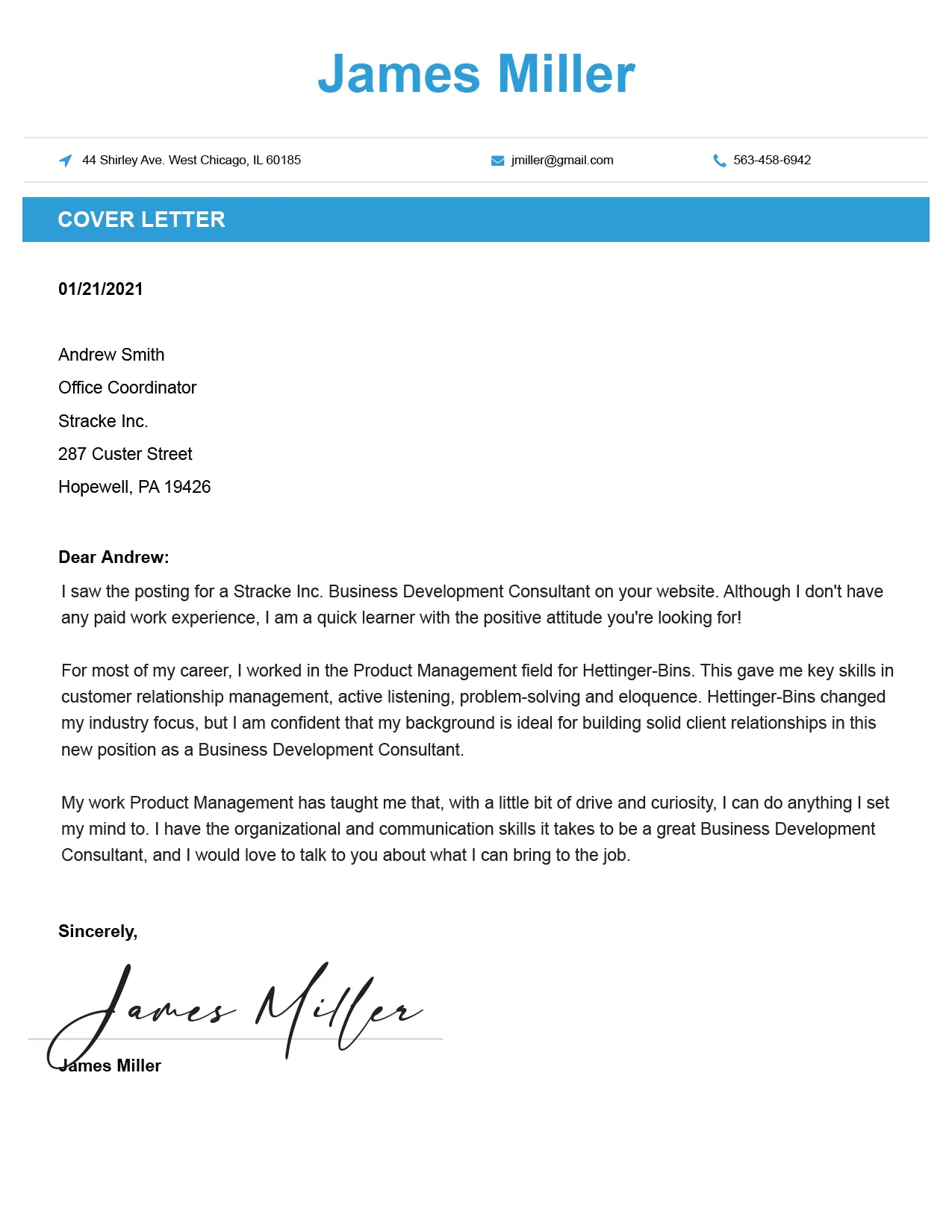What is a Resume Builder with Cover Letter
A resume builder with cover letter is an online tool designed to assist job seekers in creating professional resumes and cover letters efficiently. These tools typically offer templates, formatting options, and content suggestions to help users showcase their skills and experiences effectively. They streamline the job application process by providing a user-friendly interface and guidance throughout the writing process. Resume builders often include features like keyword optimization, ATS (Applicant Tracking System) compatibility checks, and the ability to save and customize resumes for different job applications. A cover letter is equally important as it is your opportunity to introduce yourself, highlight relevant skills, and express your enthusiasm for the specific position. The combination of a well-crafted resume and a compelling cover letter significantly increases your chances of landing an interview.
The Importance of a Resume Builder with Cover Letter
In today’s competitive job market, a resume builder and cover letter are essential tools for any job seeker. A professional resume and cover letter make a strong first impression on potential employers, helping you stand out from other applicants. A resume builder simplifies the creation process, allowing you to focus on the content rather than the formatting. Well-written cover letters tailored to the specific job requirements demonstrate your genuine interest and qualifications. When combined, they present a complete picture of your professional capabilities and personality, making you a more attractive candidate. By using these tools, job seekers can save time, ensure quality, and increase their chances of getting noticed by recruiters and hiring managers. Therefore, utilizing these resources is a smart strategy to advance your career and achieve your professional goals.
Secret 1 Crafting a Compelling Resume
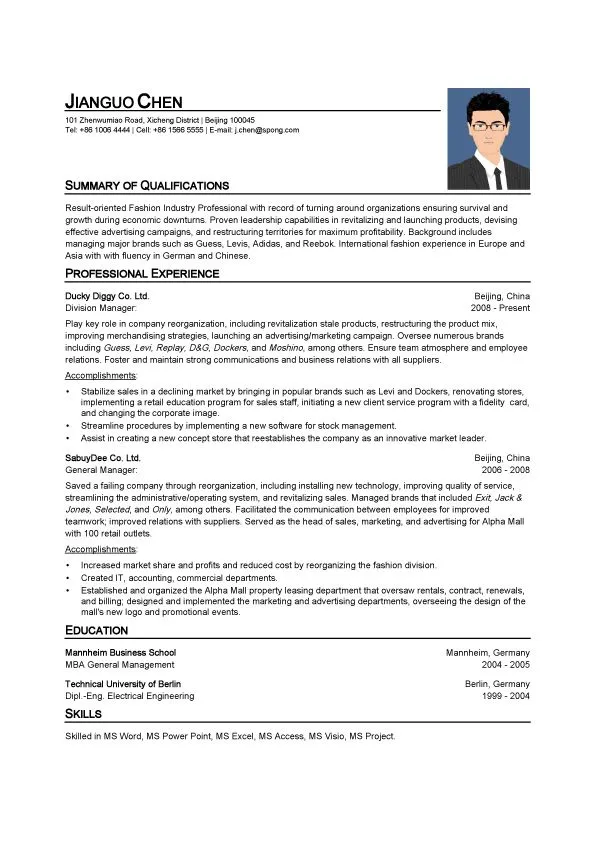
Creating a compelling resume is the first step in landing your dream job. Your resume is your professional introduction, so it needs to be clear, concise, and persuasive. Begin by selecting a modern, easy-to-read template. The layout should guide the reader’s eye and highlight the most important information. Start with a concise summary or objective that clearly states your career goals and key skills. Next, detail your work experience in reverse chronological order, emphasizing your accomplishments using action verbs. Quantify your achievements whenever possible, using numbers to demonstrate your impact. Include a skills section, listing both hard and soft skills relevant to the jobs you are applying for. Finally, proofread your resume carefully for any grammatical errors or typos. A well-crafted resume showcases your qualifications, making it easier for employers to see your value and call you for an interview.
Resume Builder Sections and Content
A resume builder streamlines the process of creating a resume by providing structured sections and content suggestions. Typically, a resume builder includes sections for contact information, a summary or objective, work experience, education, and skills. Some builders may also offer sections for projects, volunteer work, or certifications. When filling out each section, be specific and highlight your accomplishments. For the work experience section, use action verbs to describe your responsibilities and achievements. In the skills section, list both technical and soft skills relevant to the jobs you are targeting. Resume builders often provide templates and examples to guide you, making it easier to tailor your resume to different job applications. By using a resume builder, you can create a well-organized and comprehensive resume that effectively showcases your qualifications and increases your chances of getting hired.
Secret 2 Mastering the Cover Letter
A cover letter is your opportunity to make a strong first impression and demonstrate your genuine interest in the job. It should be a personalized document tailored to each position you apply for. Begin by addressing the hiring manager by name, if possible. In the opening paragraph, state the position you are applying for and briefly mention where you found the listing. In the body of the letter, highlight your relevant skills and experiences, explaining how they align with the job requirements. Provide specific examples of your accomplishments and quantify them whenever possible. Show your enthusiasm for the role and the company by mentioning something specific that interests you. Conclude by expressing your interest in an interview and thanking the hiring manager for their time and consideration. A well-written cover letter can significantly improve your chances of getting noticed and securing an interview.
Cover Letter Structure
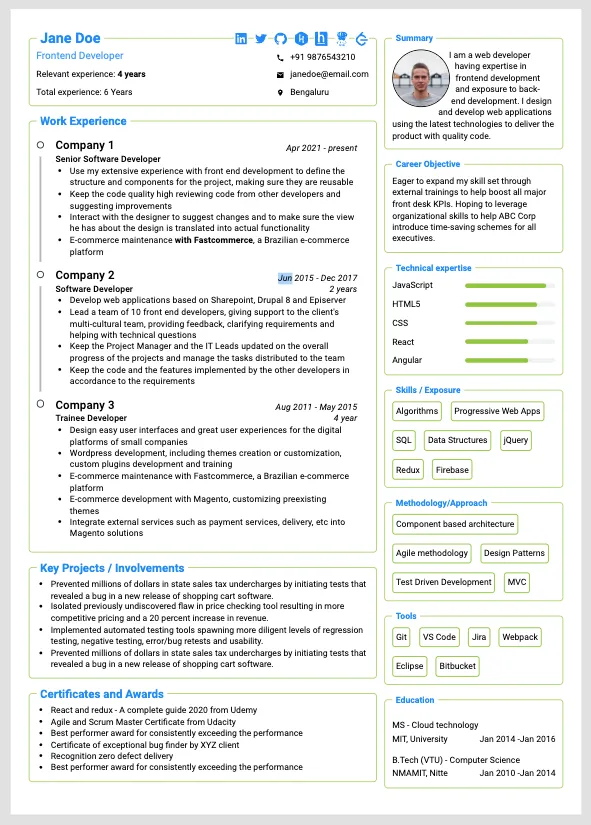
A well-structured cover letter follows a standard format that makes it easy for hiring managers to quickly understand your qualifications and enthusiasm. Start with a professional header that includes your contact information and the date. Next, address the hiring manager by name, if possible. The opening paragraph should state the position you are applying for and where you found the job listing. In the body of the letter, use 2-3 paragraphs to highlight your relevant skills and experiences, using specific examples to showcase your achievements. Quantify your accomplishments whenever possible. Express your enthusiasm for the role and the company. Finally, conclude with a call to action, expressing your interest in an interview and thanking the hiring manager for their time. Proofread your cover letter carefully to ensure it is free of errors and presents a professional image.
Cover Letter Writing Tips
To write an effective cover letter, start by researching the company and the specific job requirements. Personalize your letter by addressing the hiring manager by name and tailoring your content to the job description. Highlight your most relevant skills and experiences, providing specific examples of your accomplishments. Use action verbs to describe your responsibilities and achievements. Quantify your achievements whenever possible, using numbers to demonstrate your impact. Express your enthusiasm for the role and the company, mentioning something specific that interests you. Keep your cover letter concise and easy to read, ideally one page in length. Proofread your letter carefully for any grammatical errors or typos. Make sure your cover letter complements your resume and presents you as a strong candidate. By following these tips, you can create a cover letter that captures the hiring manager’s attention and increases your chances of getting an interview.
Secret 3 Optimize for Applicant Tracking Systems
Applicant Tracking Systems (ATS) are used by most companies to filter resumes and identify qualified candidates. To ensure your resume gets through an ATS, you need to optimize it for compatibility. Use a simple, clean format without complex graphics or tables. Stick to standard fonts like Arial or Times New Roman. Include relevant keywords from the job description throughout your resume, especially in your skills section and work experience descriptions. Avoid using headers, footers, or text boxes that may not be read correctly by the ATS. Save your resume as a .doc or .docx file, as some ATS systems may not be compatible with PDFs. Proofread your resume carefully to ensure there are no errors. By optimizing your resume for ATS, you can increase your chances of getting noticed by recruiters and moving on to the next stage of the hiring process. Understanding the ATS is a key component in any job seeker’s strategy.
ATS Compatibility
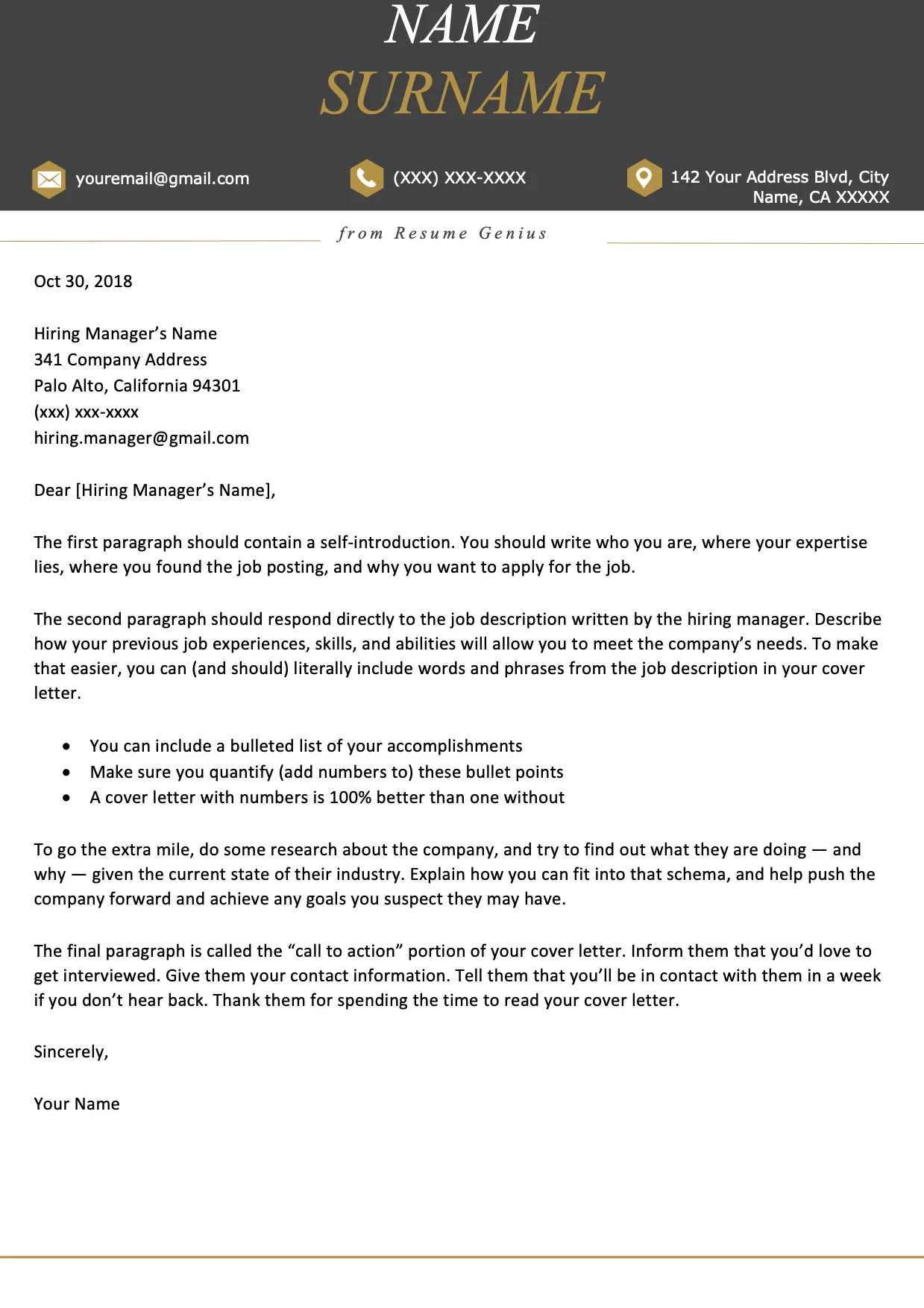
Ensuring your resume is ATS-compatible is crucial for getting your application noticed. An ATS is software that scans resumes for keywords and relevant information. To improve compatibility, use a simple and clean resume format. Avoid using tables, graphics, or complex formatting that can confuse the system. Choose a common font like Arial or Times New Roman and use a font size between 10 and 12 points. Include relevant keywords from the job description throughout your resume, especially in your skills section and work experience descriptions. Use clear headings and avoid using headers, footers, or text boxes. Save your resume as a .doc or .docx file, as these formats are generally more compatible than PDFs. By following these guidelines, you increase the likelihood that your resume will be properly parsed by the ATS, ensuring your qualifications are accurately assessed.
Keyword Optimization in Resume & Cover Letter
Keyword optimization is a crucial aspect of writing resumes and cover letters that get noticed by both ATS and hiring managers. Carefully review the job description and identify the key skills, qualifications, and responsibilities mentioned. Incorporate these keywords naturally throughout your resume and cover letter. Include keywords in your skills section, work experience descriptions, and summary or objective. When describing your achievements, use keywords related to the specific requirements of the job. Avoid keyword stuffing, which can make your documents sound unnatural and unprofessional. Instead, focus on seamlessly integrating relevant keywords to demonstrate your qualifications. By optimizing your documents with relevant keywords, you increase your chances of passing the ATS screening process and catching the attention of hiring managers who are searching for specific skills and experience.
Secret 4 Showcase Your Achievements
Highlighting your achievements is a powerful way to make your resume and cover letter stand out. Instead of simply listing your responsibilities, focus on what you accomplished in each role. Use action verbs to start your sentences and quantify your results whenever possible. For example, instead of writing “Managed social media accounts,” write “Increased social media engagement by 30% through strategic content creation.” Provide specific examples of your accomplishments and the positive impact you had on your previous employers. Tailor your achievements to the specific requirements of the job you are applying for. Research the company and identify the skills and experiences they are looking for, then emphasize your relevant achievements. By showcasing your achievements, you demonstrate your value and make it clear why you are the best candidate for the job.
Quantifiable Results
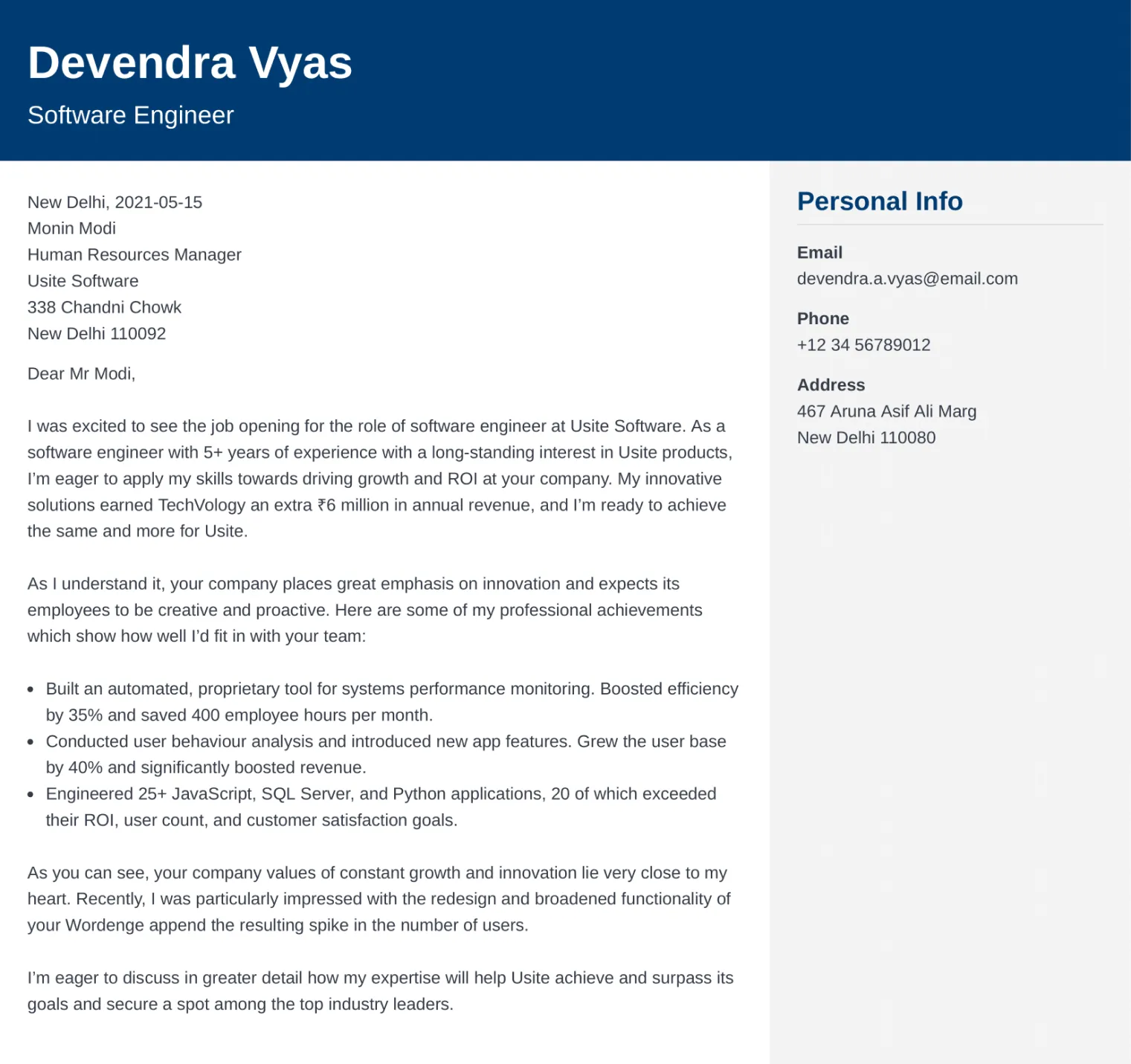
Quantifying your results is a key strategy for demonstrating your achievements on your resume and cover letter. Use numbers to illustrate the impact of your work and make your accomplishments more impactful. Instead of writing “Improved customer satisfaction,” write “Increased customer satisfaction scores by 15% through improved service protocols.” Whenever possible, provide specific data points, such as percentages, dollar amounts, or the number of projects completed. This provides concrete evidence of your abilities and makes it easier for hiring managers to assess your value. Quantifiable results help you stand out from other candidates and showcase your ability to drive results and achieve goals. Use numbers and metrics to show the direct impact of your work on past employers.
Highlighting Skills
Highlighting your skills effectively is a critical part of creating a compelling resume. Create a dedicated skills section to showcase your relevant abilities. Divide your skills into categories, such as technical skills, soft skills, and language skills. Include both hard skills (technical abilities) and soft skills (interpersonal and communication abilities). Tailor your skills section to match the requirements of each job you are applying for. Review the job description and include the keywords and skills that the employer is looking for. Don’t just list your skills; provide examples of how you have used them in your previous roles. This helps demonstrate your proficiency and makes your skills section more impactful. By highlighting your skills and providing concrete examples, you can effectively showcase your qualifications and increase your chances of getting hired.
Secret 5 The Power of Customization
Customizing your resume and cover letter for each job application is a critical strategy for success. Generic documents are often overlooked by hiring managers who are looking for candidates who have taken the time to understand the job and the company. To customize your resume, carefully review the job description and identify the key skills, qualifications, and experiences that the employer is seeking. Then, tailor your resume to highlight those aspects. Modify your summary or objective to reflect the specific requirements of the job. Adjust your work experience descriptions to emphasize your relevant accomplishments and responsibilities. Customize your cover letter by addressing the hiring manager by name and expressing your interest in the specific role. Demonstrate how your skills and experience align with the job requirements and the company’s goals. Customization shows that you are genuinely interested in the opportunity and have taken the time to prepare a targeted application.
Tailoring for Each Application
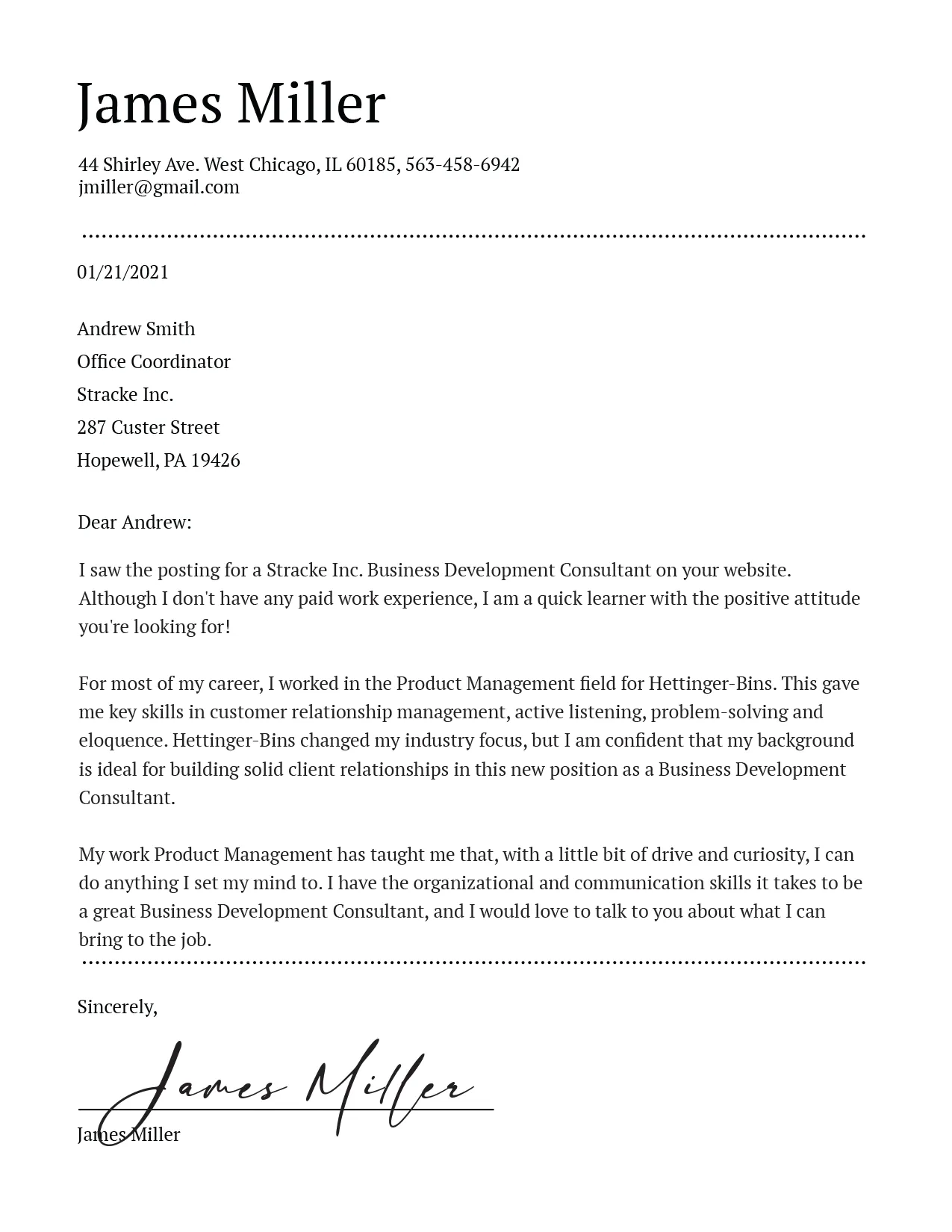
Tailoring your resume and cover letter for each job application significantly increases your chances of getting noticed. Start by thoroughly researching the company and the specific role you are applying for. Carefully review the job description and identify the key skills, qualifications, and experiences that the employer is seeking. Modify your resume to highlight those aspects. Adjust your summary or objective to reflect the specific requirements of the job. Tailor your work experience descriptions to emphasize your relevant accomplishments and responsibilities. Customize your cover letter by addressing the hiring manager by name and expressing your interest in the specific role. Demonstrate how your skills and experience align with the job requirements and the company’s goals. By tailoring your application materials, you demonstrate your genuine interest in the opportunity and increase your chances of getting hired.
Formatting and Design
Formatting and design play a crucial role in making your resume and cover letter visually appealing and easy to read. Choose a clean, professional template that is easy on the eyes. Use a standard font like Arial or Times New Roman, with a font size between 10 and 12 points. Use clear headings and subheadings to organize your content. Ensure your resume is well-spaced, with sufficient white space to prevent it from looking cluttered. Use bullet points to highlight your accomplishments and make your content more readable. Proofread your documents carefully for any formatting inconsistencies or errors. The goal is to create a polished and professional document that showcases your qualifications. A well-designed resume and cover letter can significantly improve your chances of making a positive impression on hiring managers.
